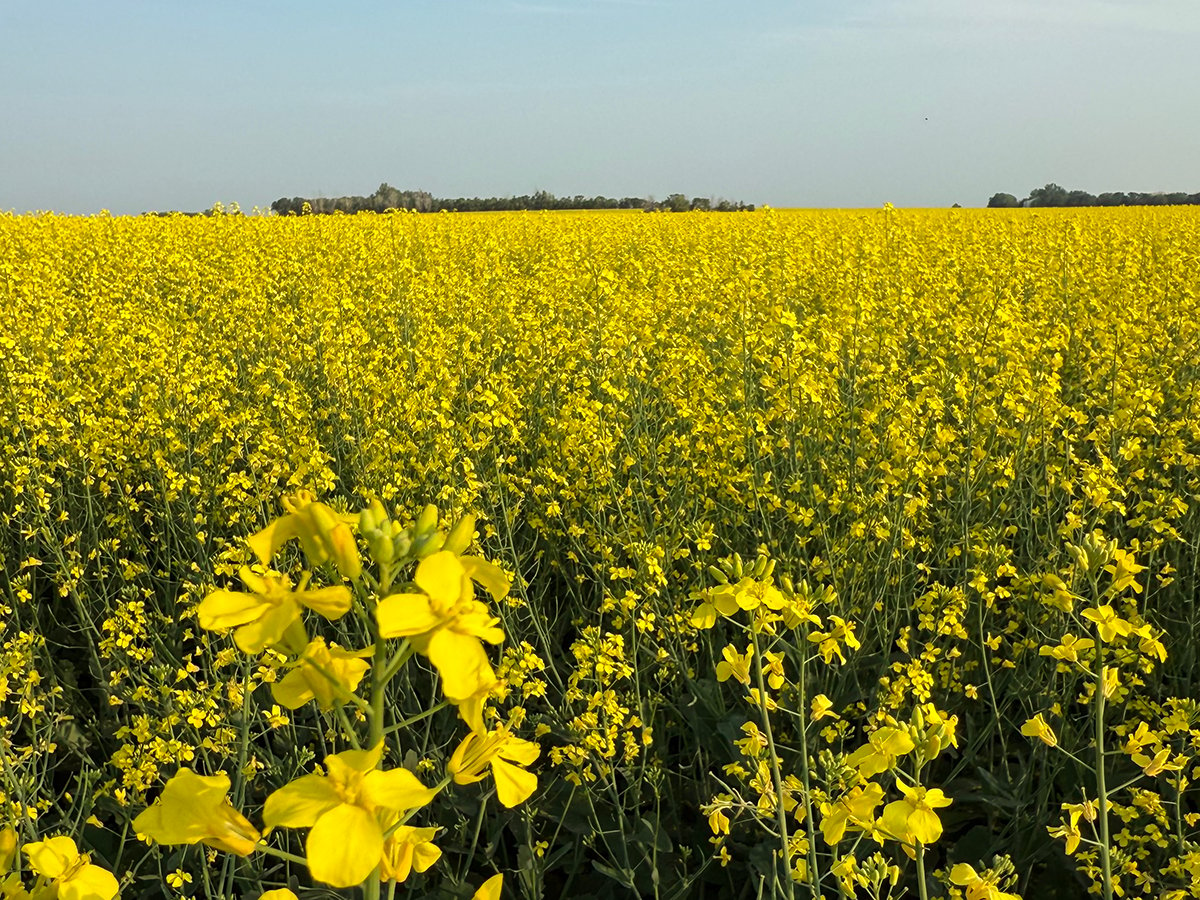Drop in donor funds | Despite a good harvest, there is less food to feed the growing population
DAKAR, Senegal (Thomson Reuters Foundation) — Sixteen million people are at risk of hunger across Africa’s Sahel belt next year, says a senior United Nations official.
The potential crisis has been caused by conflicts and rapid population growth despite good harvests and rainfall.
Violence in northern Nigeria, northern Mali and the Central African Republic as well as high fertility rates have caused food shortages and high food prices across the savannah region. The fertility rate in Niger, for example, is 7.6 children per mother.
A global economic downturn and the preoccupation with wars, such as that in Syria, have made it harder to raise donor funds for Sahel-type humanitarian crises, said Robert Piper of the UN Office for the Coordination of Humanitarian Affairs.
Read Also

Canola support gets mixed response
A series of canola industry support measures announced by the federal government are being met with mixed reviews.
Latest OCHA figures show that donors have met only 58 percent of the required $1.7 billion for 2013, Piper said.
The organization examined the incidence of “food insecurity,” which means conditions in which people are unable to maintain their normal diet, often because of a crisis such as drought, floods, political instability or price increases.
Food insecurity in the Sahel will increase by 40 percent next year from 2013, when 11.3 million people had inadequate food and required $1.7 billion in donor assistance, according to preliminary OCHA data.
“The Sahel crisis is getting away from us. The numbers are getting bigger even though the harvest this year has been fractionally better than the average over the last five years,” said Piper, OCHA’s co-ordinator for the Sahel.
“Rapid population growth has meant the same amount of food has to feed more mouths. So despite a small increase in overall food production, on average there is 13 percent less food per person.”
Nigeria and Senegal recorded the biggest jump in the number of people grappling with conditions likely to cause hunger, reporting an increase from 44,000 to 2.4 million and 700,000 to 2.2 million, respectively, said Piper.
“Food insecurity in Nigeria is partly to do with the conflict in the north, which has been exacerbated since the government called the state of emergency in May,” he said.
Nigerian president Goodluck Jonathan’s military intervention against the Islamist sect Boko Haram this year has left hundreds dead, and 10,000 refugees have fled into Niger and Cameroon.
Piper said food shortages in Senegal could be caused by uneven rainfall, high prices and poor harvests, but the low-level conflict in the Casamance region might also be to blame.














